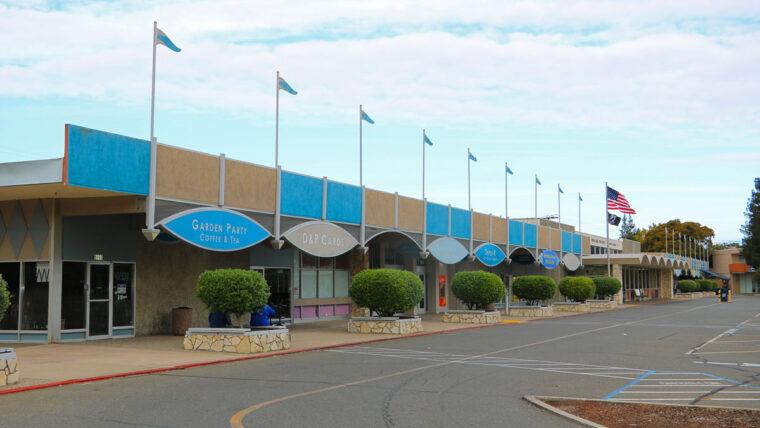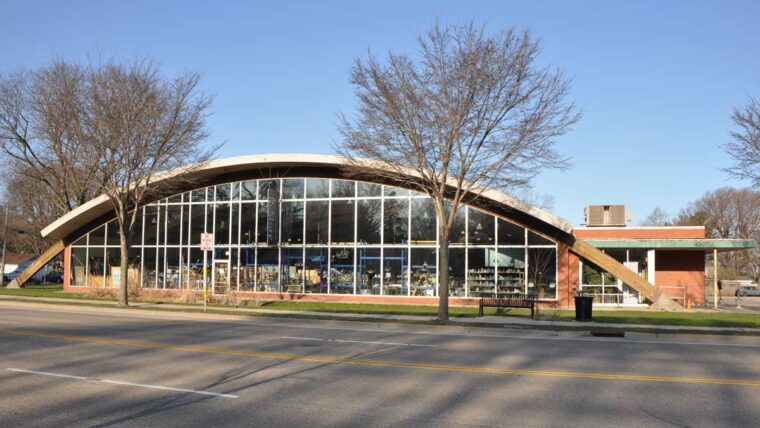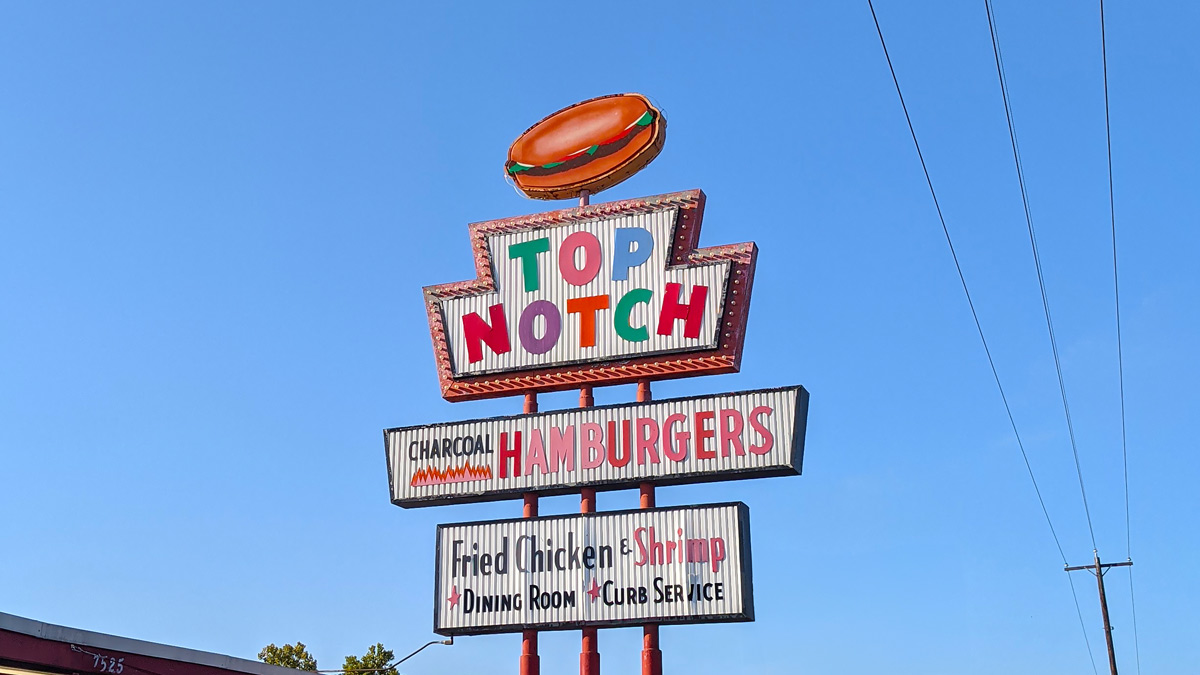Postwar commercial buildings are part of our cultural history, like the iconic 50s checkerboard floor of the ice cream parlor on Main Street or the groovy 70s architectural accents in your bank’s lobby. But how do you evaluate a building’s historic significance and the story it tells?
As numerous post-World War II, or postwar, commercial properties turn 50 years old, State Departments of Transportation (DOTs) seeking to comply with Section 106 of the National Historic Preservation Act face challenges. Little guidance has been available for DOTs, State Historic Preservation Offices (SHPOs), and cultural resource professionals struggling to evaluate the historic significance and integrity of these resources.
To address this gap, the National Cooperative Highway Research Program (NCHRP) partnered with Mead & Hunt to develop an evaluation methodology. This partnership refined criteria to better evaluate postwar commercial properties for National Register eligibility for transportation projects in compliance with Section 106 as part of the NEPA process.

Consulting with the NCHRP research panel, the team prioritized five property types for inclusion in the methodology: retail stores, shopping centers, office buildings, office parks, and commercial strips. Mead & Hunt then developed an evaluation methodology to include identification of character-defining features for the five property types and guidance for developing historic contexts, applying the National Register Criteria for Evaluation, and assessing historic integrity. Additional guidelines apply to researching and developing a focused historic context in evaluating National Register eligibility of individual properties and potential historic districts.
The collaboration culminated in the project team authoring NCHRP Report 1067: Postwar Commercial Properties and Section 106: A Methodology for Evaluating Historic Significance. The project team created additional tools to help practitioners surveying and evaluating postwar commercial properties, including an Application Worksheet that outlines the evaluation process, provides a list of common resources to consult.

The methodological tools developed through this NCHRP project provide first-of-its-kind national guidance for transportation projects that involve postwar commercial properties. Based on a practical and tested approach, the methodology offers useful guidelines for state DOTs, SHPOs, cultural resource professionals, and the Federal Highway Administration (FHWA). Application of the recommended methodology will lead to more effective and efficient practices to identify postwar commercial resources during transportation project development.


